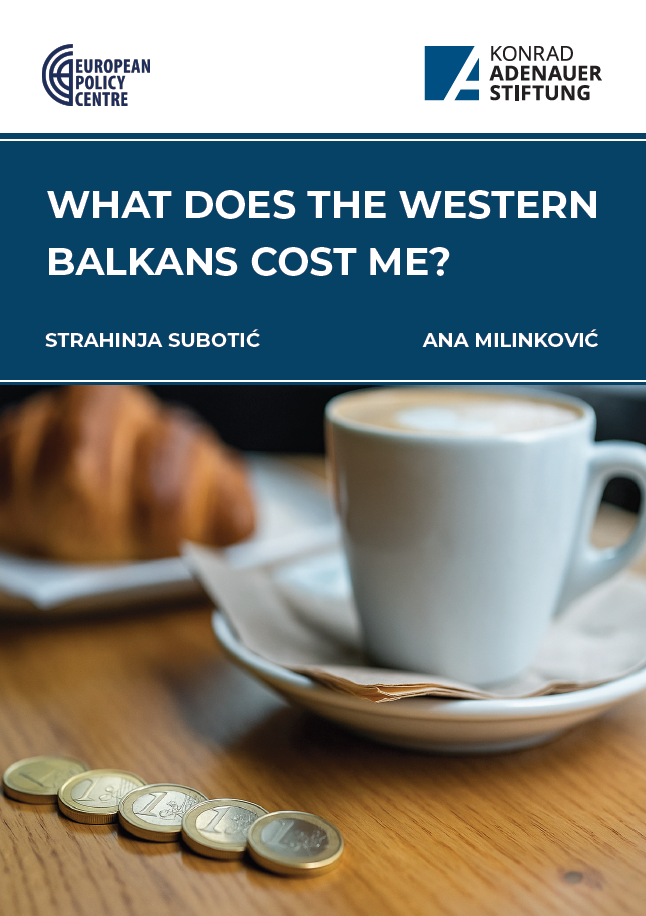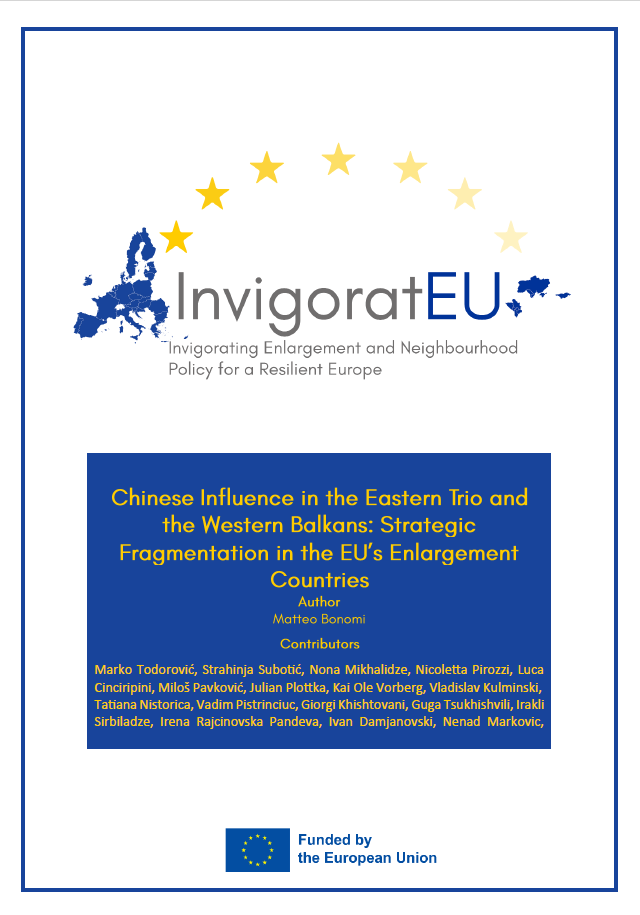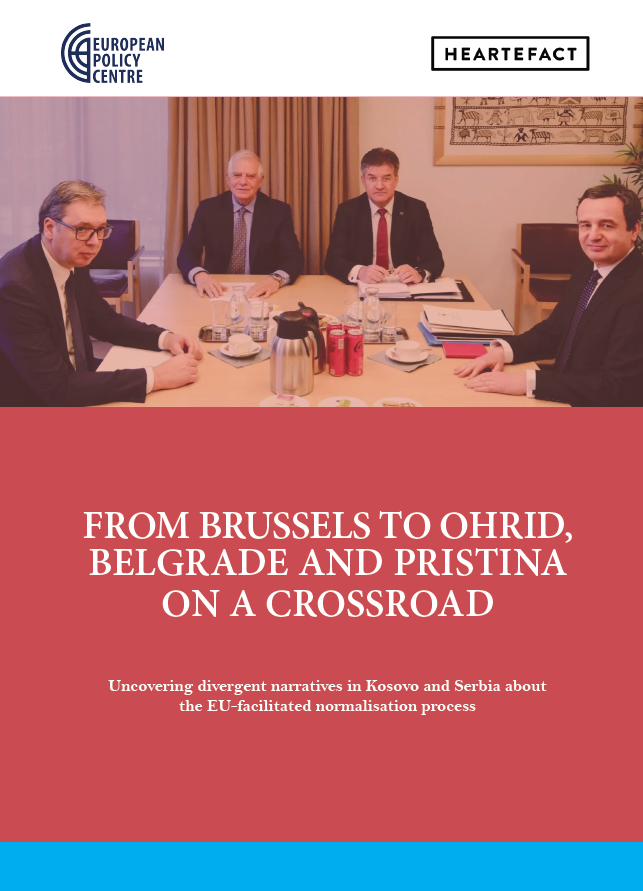Headquarters: Svetog Nauma 7, 11000
Office address: Đorđa Vajferta 13, 11000
Phone:: +381 11 4529 323
The issue of migration in Serbia has been approached fatalistically in the last few years, by often presenting information that is not completely accurate in order to create the image that especially the most talented are leaving Serbia. The reality is different: the educational structure of people leaving the country is similar to the level of education of the resident population.
Nevertheless, the pressure coming from the public was transferred to the decision-makers, which motivated the adoption of the first migration strategy in 2019, which focused almost entirely on ways to prevent population outflow. A little later adopted Economic Migration Strategy of the Republic of Serbia for the period 2021-2027 softened the tone of the first version of the document, but the measures adopted due to concerns about the so-called “brain drain” phenomenon sought to encourage the return of highly educated individuals to Serbia.
A number of measures with generous tax incentives aimed at attracting highly qualified individuals were adopted even before the adoption of the Strategy. Concern about the “brain drain” also motivated the proposal to exempt qualified individuals from paying the annual income tax, which is normally paid by an insignificant number of 1% of the Serbian population.
Research that was recently published suggests that individuals with lower education leave Serbia more than highly qualified ones, and that the story of the „brain drain“ is exaggerated. In the example of the countries of the Western Balkans, which Leitner (2021) observed in the period 2010-2019, showed that all countries recorded net emigration – the number of emigrants was greater than the number of immigrants. However, there are differences in results based on people’s age and level of education. Her results show that evidence of a “brain drain” exists only for Albania, Bosnia and Herzegovina and Kosovo*. On the other hand, there is no outflow in Serbia, but an influx of those with higher education, that is, more of them come to Serbia than leave it. The key drivers of this trend are students, who return to the country after completing their tertiary education abroad. Serbia attracts a significant number of foreign students, of which a large share is from the region, mostly Montenegro and Bosnia and Herzegovina. According to the level of education, net emigration exists only among those with secondary education and it is most pronounced among individuals with a diploma of secondary medical school.
Arandarenko (2022) explains the reasons for these flows by the tax and social system in Serbia which, for the last twenty years, has been mainly discriminatory against low-skilled and medium-skilled labor, poor workers, large families, people in rural areas and other vulnerable and underprivileged groups.
In the following, we analyze migration flows in three EU member states: Estonia, Bulgaria and Ireland. The reasons for choosing these three countries, whose experiences in attracting returnees we want to examine, stem from the idea of focusing on countries that are closer to Serbia in terms of income, so it was natural to look for candidates among the countries of Central and Eastern Europe. We wanted a country that is similar to Serbia in terms of socio-economic indicators, and that is why the choice fell on Bulgaria, and Estonia was chosen because it is marked as a successful in several areas – digitization of public administration, which could introduce us to some useful solutions in attracting returnees, but also the enviable economic recovery after the 2008 crisis. We chose Ireland because it is a traditionally emigrant country, and we wanted to see if the reasons for return and the state’s measures to attract returnees differ in the case of richer and more developed countries.
Within each country, we discuss migration trends with reference to the last few decades. Next, we consider the current institutional structure that deals with migratory movements, as well as measures to support returnees.


